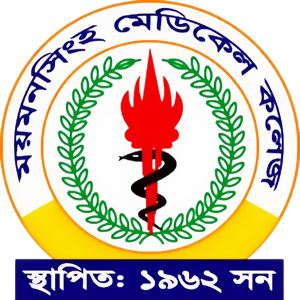Volume 32 Number 4 (2023)
Role of Rehabilitation Exercise on Myofascial Pain Syndrome Causing Upper Back Pain
Rahman N1 , Rahman MA2 , Rahman MM3 , Ahmed B4 , Akter MR5 , Karim MR6 , Ahamed F7
Mymensingh Med J 2023 Oct; 32 (4): 1096-1102
PMID: 37777907
Abstract
Upper back pain is as painful or troublesome as the pain in the lower back or the neck. Myofascial pain syndrome which is most common cause of upper back pain is characterized by localized musculoskeletal pain and tenderness in association with trigger points. The aim of the study was to correlate the improvement of myofascial pain syndrome patients with proper and timely physical therapy. This quasi experimental study was conducted in the department of Physical Medicine and Rehabilitation, Bangabandhu Sheikh Mujib Medical University (BSMMU), Bangladesh, from 1st January 2008 to 31st August 2008 to see the role of rehabilitation exercise on myofascial pain syndrome causing upper back pain. Sixty (60) patients of myofascial pain syndrome causing upper back pain were randomly assigned for treatment; out of which 23(38.33%) were male and 37(61.66%) were female. The male and female ratio was 1:1.6. The patients selected for the trial were divided into two groups: Group A and Group B. In group A (n=28) the patients were treated with thermotherapy- Microwave diathermy, non-steroidal anti inflammatory drugs and activities of daily living instructions and in Group B (n=32) with same interventions in addition to rehabilitation exercises. Treatment duration was 6 weeks. The difference of treatment improvement was statistically significant (p<0.05) from 1st week up to 6th week. After complete course of treatment 67.86% patients in Group A and 78.13% patients in group B reported improvement. So rehabilitation exercises can be a valuable adjunct to other modalities of treatment of myofascial pain syndrome causing upper back pain.
Keywords: Rehabilitation exercise, Myofascial pain syndrome, Upper back pain, Thermotherapy
- Consultant
